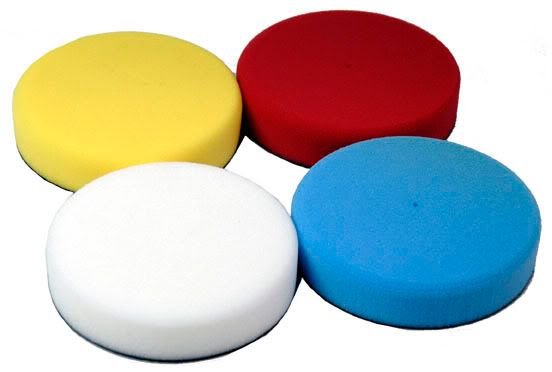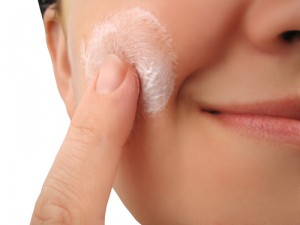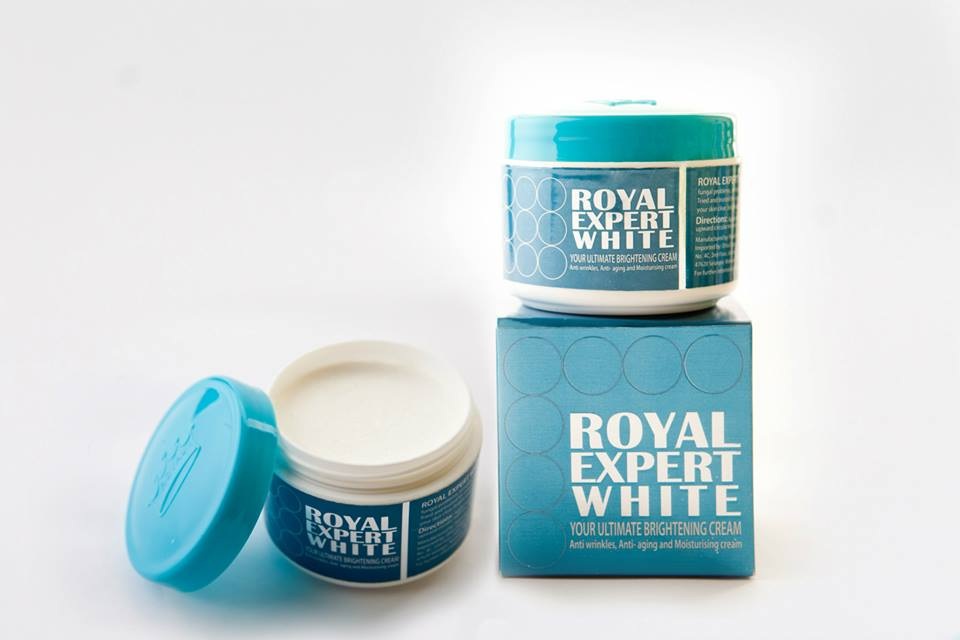In order to keep your face looking youthful and beautiful, you need a proper skin care. Here I show you basic steps towards getting a beautiful skin as you wish.

Proper cleansing to remove dirt, makeup and pollution should be the core of every skin care routine. Try to wash your face twice daily, usually in the morning and then again before going to bed at night. (If your skin is dry, you can skip the morning wash and simply use water and a soft face cloth or a moisturizing, cream-based cleanser.)
Use lukewarm water to keep irritation to a minimum and avoid harsh cleansers, even if your skin is oily. Strong detergents like sodium lauryl sulfate, soap, and alcohol strip the moisture barrier from the skin’s surface, leaving it vulnerable to irritation and damage. Always use a gentle touch and don’t rub too much.
Read more about face cleanser here.

It is only necessary to use a toner (or astringent) if you skin is oily and still feels sticky after cleansing. Alcohol-based toners will strip away all the oil on the surface, leaving your skin dry and irritated. This dryness will actually prompt your skin to make even more oil, so it’s a vicious cycle. If you wish to use a toner, select one for sensitive skin and use it sparingly.
While some companies would like you to believe that using a toner can change the size of your pores, this is not true. Pores can appear enlarged because of a buildup of dirt and oil, but using a toner will not immediately make them appear smaller. Proper cleansing and exfoliating will help keep your pores clear, thereby improving their appearance over time.
Read more about toner here.

Your skin is constantly renewing itself and shedding off dead cells. As you age, however, the rate at which your cells turn over slows down, resulting in a dull, dreary skin tone. Exfoliating, or sloughing, speeds up the process and produces a brighter, rosier complexion.
There are two basic ways to exfoliate: physical or chemical.

Physical exfoliation involves using a grainy facial scrub or buffer pads. Be careful when selecting an exfoliating product, as it is very easy to go overboard and treat the skin too roughly.
Stay away from products containing ground up nut shells or apricot shells, as these have jagged edges that could damage the skin. Try a product with exfoliating beads instead, which are round and much gentler. Exfoliate with a scrub or a buffing pad only once or twice a week.
Chemical exfoliation uses Alpha Hydroxy Acid (AHA) or Beta Hydroxy Acid (BHA) to loosen and remove dead skin cells. With chemical exfoliation, less is more. Use these lotions sparingly, as it is very easy to irritate the skin.
If your skin becomes red and flaky or stings excessively, reduce the amount of product you’re using or apply it every other day instead of daily. Alpha hydroxy creams and lotions may hsdelp with fine lines, irregular pigmentation and age spots and may improve the appearance of pores by dissolving dirt and oil. Beta hydroxy acid (or salicylic acid) tends to be gentler on the skin and also does a good job at improving texture and skin tone.

Moisturizing is an optional step for many people. If you have oily skin, you don’t need to add any additional moisture. You may decide to moisturize around your eyes however, but this is a matter of personal choice.
Normal skin can benefit from an oil-free moisturizer that won’t clog the pores but again, this is up to personal preference. Dry skin sufferers need to moisturize often however, to soothe tightness and minimize lines. While no moisturizer can prevent wrinkles and lines, it can “plump up” the skin and make existing lines less noticeable. Some moisturizers contain light-diffusing ingredients that soften the appearance of lines and make them seem to disappear.
Read more about moisturizer here...

The #1 cause of wrinkles is sun damage, so it's important to use a sunscreen of at least 30 SPF from your early years on even in winter and on cloudy days. A great trick is to purchase two moisturizers: One for night and one for day that includes UV protection.
Don't use moisturizers with sunscreen at night, the ingredients are not meant to be used 27/7 and can aggravate skin. When choosing a sunscreen, make sure it contains Mexoryl or Helioplex.
Never leaving the house without sunscreen!
Read more about sunscreen here.
















